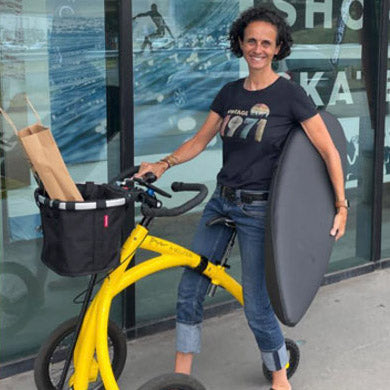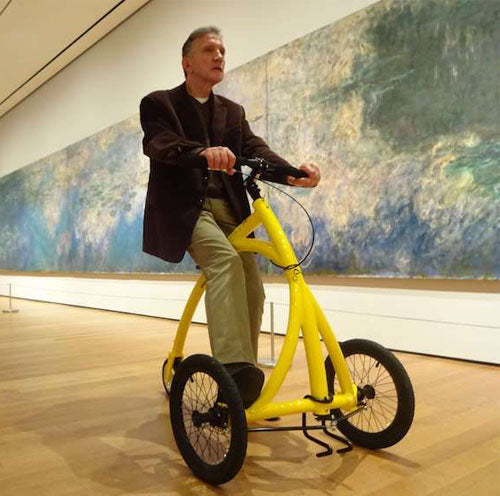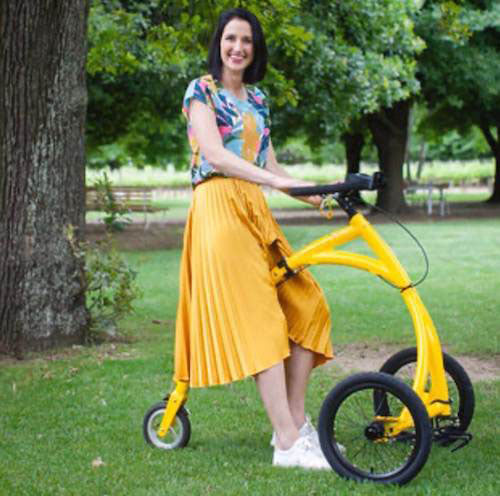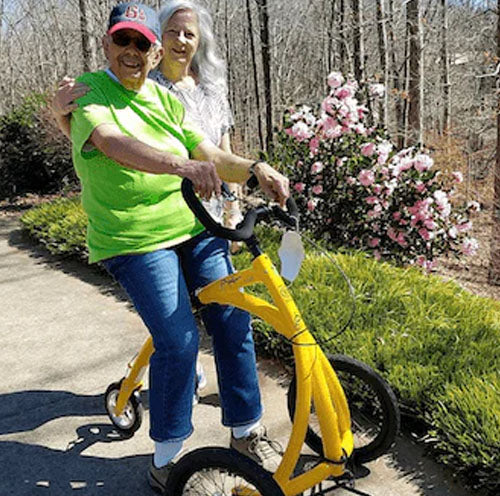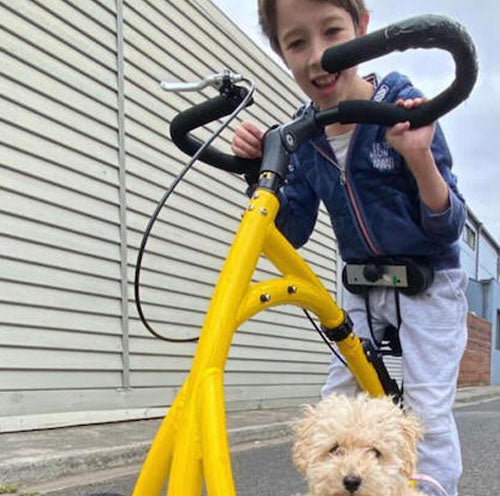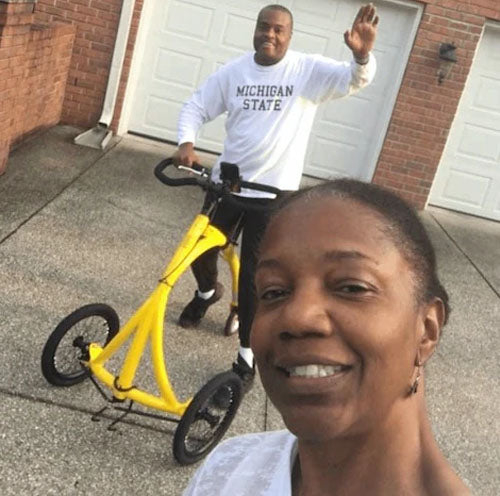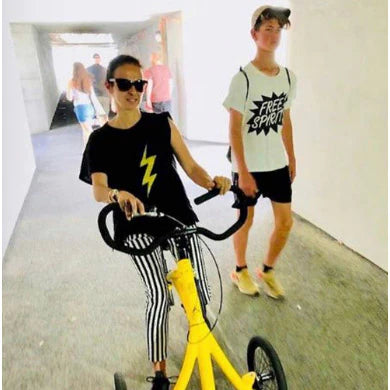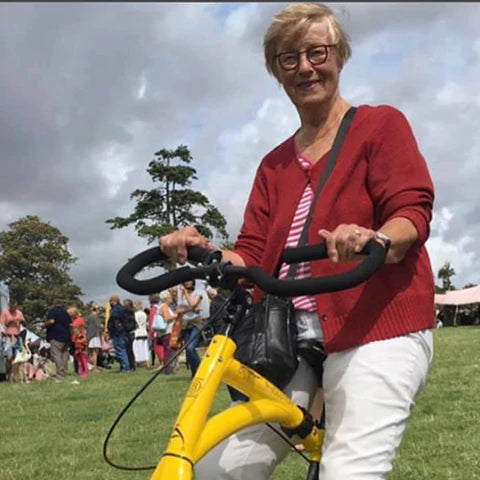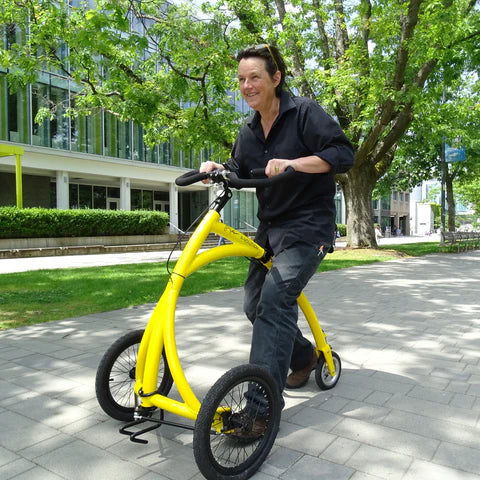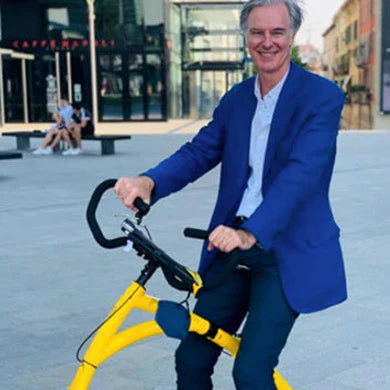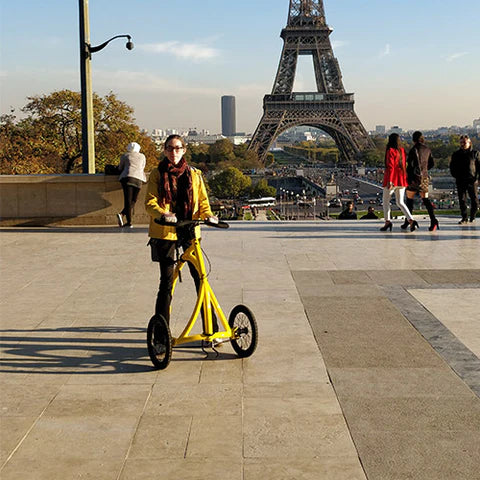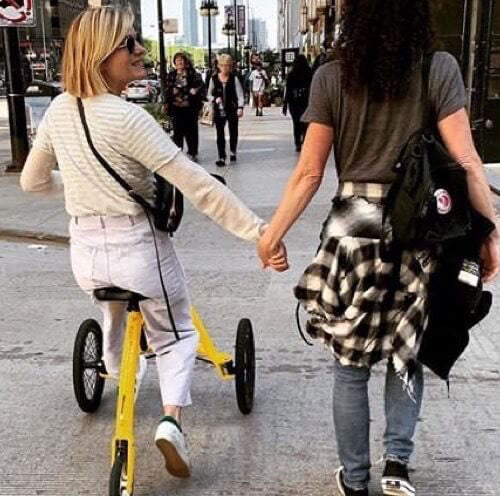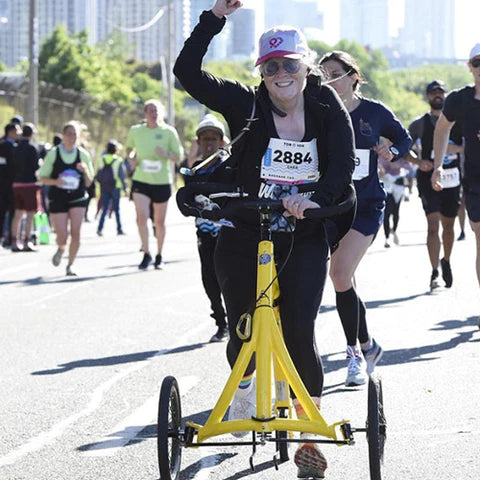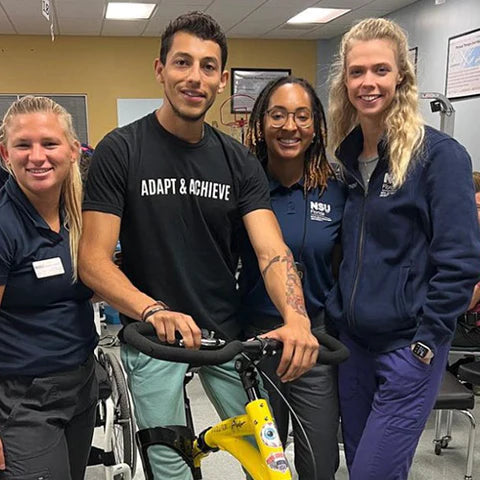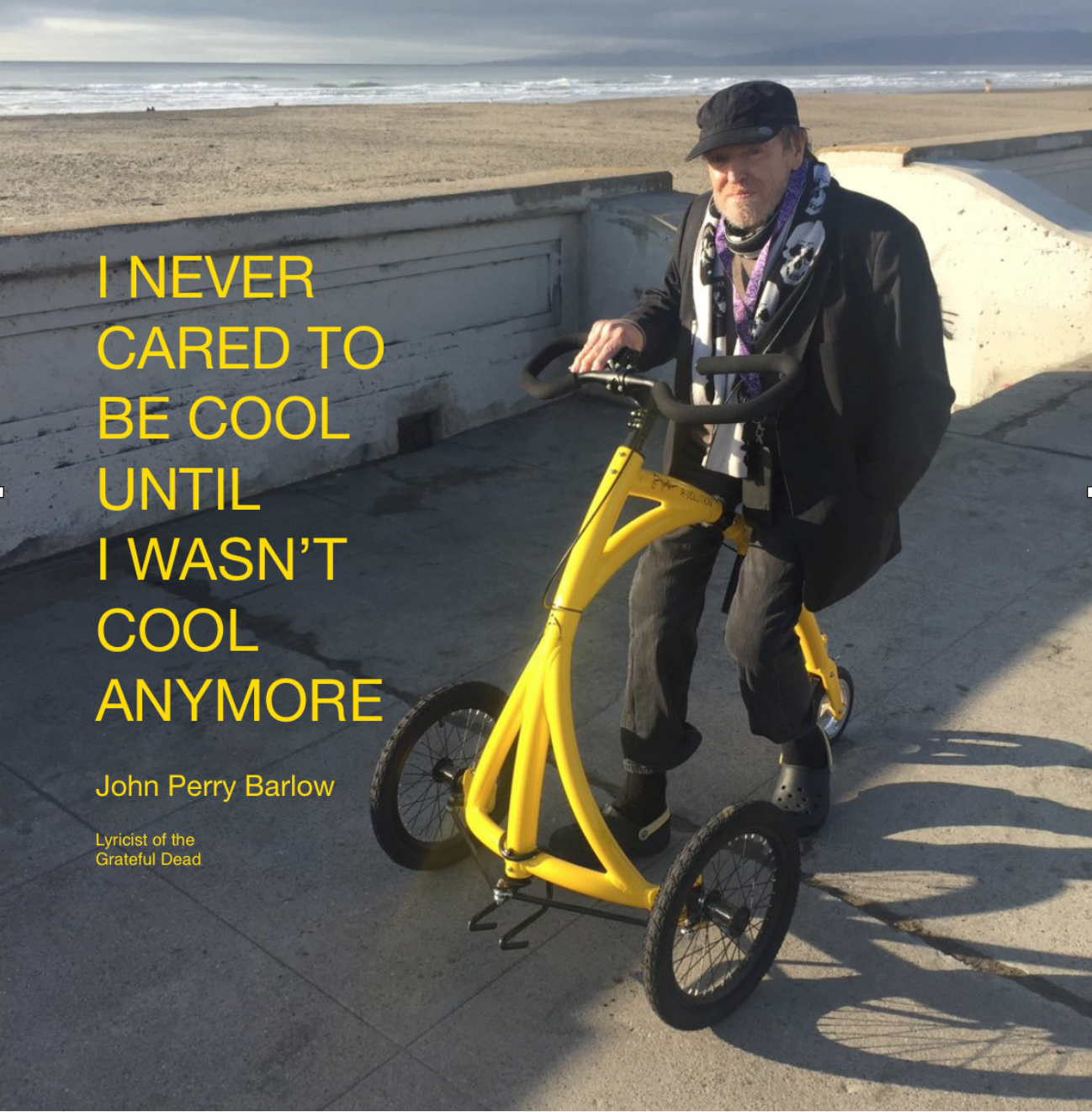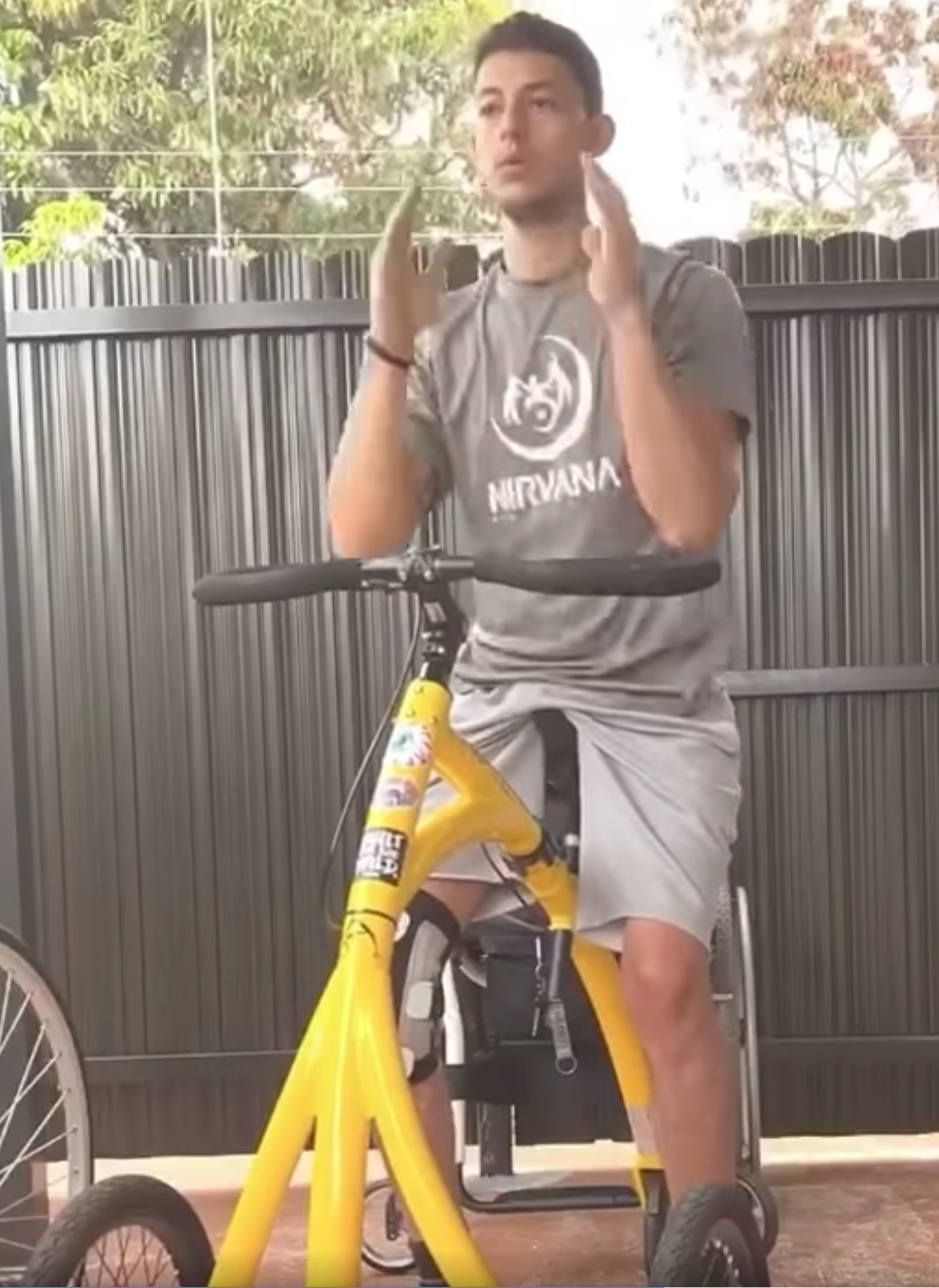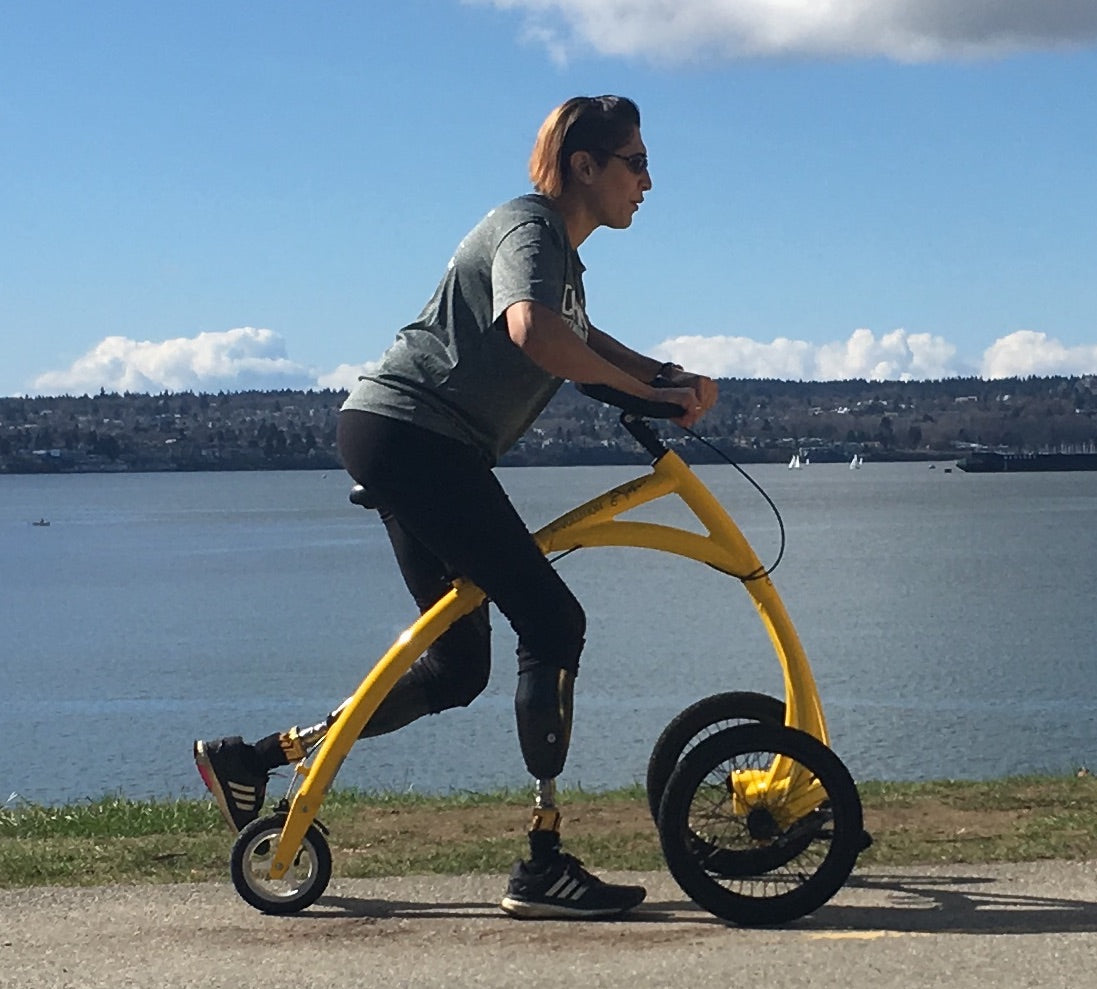Overcoming Loneliness and Building Community around Disability and Illness
Years ago BE Alink started the Alinker with a dream.... "I see a world where the dismissed people of today, are our leaders into tomorrow". People who have been confronted with life, generally know a bit more about life, because they had to re-invent themselves.
People who get injured and join the people with disabilities part of our society, have to learn how to define themselves, how to behave and where to belong, because our world is not particularly kind to people with disabilities. So they know a bit more about life, about themselves... then the question is... why does this society dismiss and exclude people with disabilities, the people who actually know a bit more about life?
Is it the discomfort of the people who are temporarily able bodied? We are all vulnerable in being mortal, that is the one thing we all have in common. It is in the vulnerability where can make true connections with each other.
Disability and Accessibility
Our society is not set up for people with disabilities or chronic illnesses to thrive. Most public spaces and amenities are inaccessible for people with mobility challenges. Our social “support” systems force many people with disabilities into poverty, which creates a downward spiral of lack of access to nutrition, exercise, and safe outdoor spaces.
But leading a joyful and rewarding life, regardless of disability, is very much still possible. To lead good lives, we need access to mobility, community, and healthy food, and to shift the cultural paradigm around how we think about (dis)ability.
For many people who experience life-altering injuries or diagnoses, the physical and emotional trauma of loss of ability is compounded by the stigma they face.
“As a disabled person, you encounter so much negativity,” said Jennifer Boney, who has MS and Chronic Regional Pain Syndrome. Jennifer recounted an instance in which her neighbour, on his way to work, turned to her and told her it must be nice to sit on her ass all day and not have to go to work. “So many people don’t understand it, because they’ve never truly been in it.”
This lack of understanding - and resulting discomfort that many able-bodied people feel around people with disabilities - can have devastating consequences on the mental health of the individuals living with them.
“Being disabled is hard, because people look at you with pity and the one thing you don’t want is pity,” says Jennifer. “You don’t want anyone to feel sorry for you, you just want them to remember that you’re still that person that you were prior to disability, and treat you the same, but it seems like that doesn’t register.”
To shift the paradigm around disability and illness, we need to stop viewing bodies as “broken,” and therefore the lives of their occupants as broken too. The Alinker exists to challenge those assumptions by focusing on what people still can do rather than what they’ve lost, and enabling them to maintain their independence for longer.
For many people with invisible disabilities, the Alinker also acts as a visual cue to start conversations. “It’s way easier to talk about my MS and to explain things about my leg, because people come up and ask me,” says Judy Loewen. “It’s easier to tell them when they ask me about my problems, than to just volunteer the information.”
An Alternative to Wheelchairs
While one would think a wheelchair or a walker might provoke the same impulse to chat, our societal discomfort with disability actually creates the opposite effect: people in wheelchairs report being frequently ignored, looked over, or having people glance at them then look away. “People don’t adjust to different, they don’t know how to look at wheelchairs,” says Jennifer. “But the Alinker is cool, it’s bright and it’s cheery, and people have never seen it before so they want to ask about it.”
By initiating conversation around disability and chronic illness, we can gradually destigmatize it, not just for Alinker users but in society more broadly. “My wish is that people get used to seeing people on Alinkers and talking to them,” says Judy, “And then when they see people in wheelchairs they think, ‘Oh I can talk to them too!’”
Building Community Around Disability
While millions of people around the world live with disabilities, many of them don’t feel that they’re part of a community. There is a difference between being disabled, and being in the disability community. That’s why we’ve made community-building one of our core goals, to reduce the sense of isolation that so many people with disabilities or chronic illnesses experience.
“Being disabled is a hard, dark place to be,” says Jennifer. “And in there is anger, and anxiety, and animosity, and so many negative feelings. So it’s just hard…and some people cannot get out. I got out of it when I found the Alinker, and found BE, and just so many great people. And they made me not want to be so introverted and so isolated. I felt accepted, like it was cool to be disabled.”


